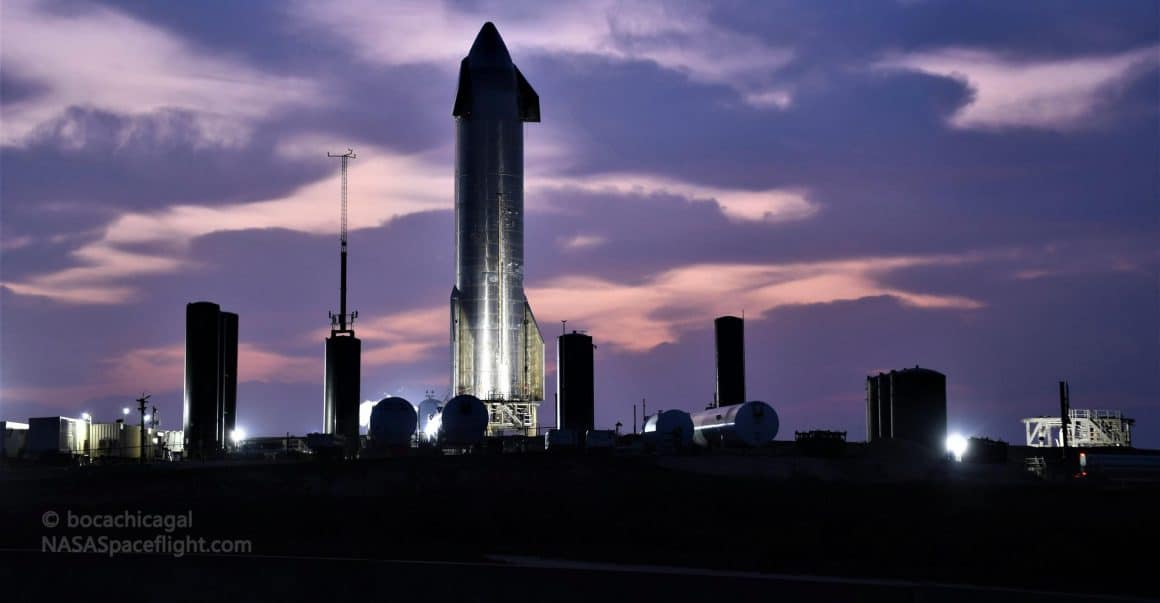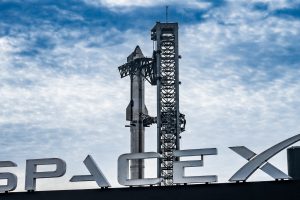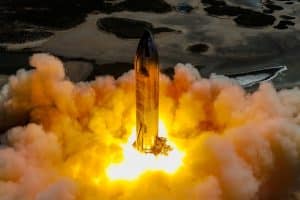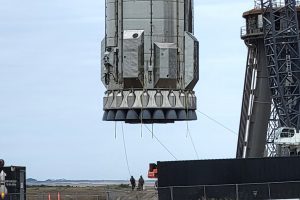Starship serial number 10 (SN10) has been approved for flight by the US Federal Aviation Administration (FAA), cutting short any potential licensing drama awaiting SpaceX’s new high-altitude Starship launch efforts.
After a boring week or so of opaque licensing “issues” only vaguely commented upon by the FAA, Starship serial number 9 (SN9) took off from SpaceX’s South Texas launch facilities less than three weeks ago. During Starship SN8’s December 8th launch debut, the regulatory organization never actually gave an explanation why it publicly dragged SpaceX through the coals in January and February for alleged “launch license violations,” nor why the FAA only raised those alleged issues more than a month after the fact.
Ultimately, the most plausible explanation of its somewhat inconsistent and lacking response is that the FAA itself made a mistake somewhere along the lines of SN8 flight licensing and only realized the mistake sometime after the launch was completed. The organization then did whatever it could to shovel the blame on SpaceX knowingly or not, never offering enough information for observers to actually decide the cause of the scuffle. Nothing would have stopped the FAA from giving the public a genuine clarification or releasing the incontrovertible facts that would undoubtedly accompany such an intentional, calculated launch license infringement if SpaceX had clearly been incorrect.
Of course, the unambiguous information was never released by the FAA or given such simple answers. Fortunately, though, Starship SN9 was finally approved for flight. Now, Starship SN10 was also approved for takeoff less than a month later, after the FAA “granted SpaceX a launch modification for Starship SN10.” It is uncertain why SpaceX is selecting or being required to adjust its current blanket Starship launch license between three nearly identical launches, but SN10 is now the first Starship to obtain FAA approval for a high-altitude launch.
As of release, SpaceX is set aside for Starship SN10’s first wet dress rehearsal (WDR) and Raptor engine static fire attempt in the middle of a 9am to 6pm CST (UTC-6) Monday window. Sheriffs have blocked the only access road for hours, but the launch pad has yet to be cleared by SpaceX. Starship SN10’s most significant preflight acceptance test would most likely slip to an identical window on Tuesday or Wednesday if work continues on the pad and rocket.
For potential SN10 launch attempts on Tuesday, Wednesday, or Thursday, SpaceX has already filed temporary flight restrictions (TFRs) with the FAA, indicating that the company hopes to turn around Starship for flight as little as 24-72 hours after a successful static fire.





